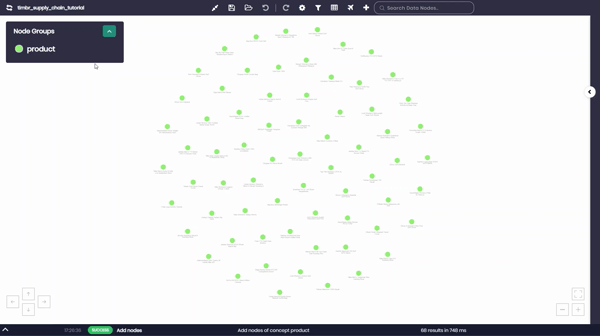USE CASE
Leverage FIBO in SQL for Seamless Financial Data Governance
Timbr’s SQL ontologies simplify and democratize FIBO implementation by allowing organizations to integrate legacy data assets into FIBO’s semantic framework.
This approach enables intuitive querying, seamless interoperability, and compliance, leveraging existing infrastructure without requiring extensive technical expertise or data transformation.
FIBO USE CASE TEMPLATE
Timbr Github repository contains a collection of SQL ontology-based semantic data models. These ontologies serve as customizable templates, designed to help users jump-start their modeling process tailored to their specific business domains.
USE CASE ONTOLOGY MODEL
The ontology semantic model makes it easy to understand and find data across tables and datasets. Timbr speeds up data discoverability by displaying data as a network and in a business-friendly manner.
